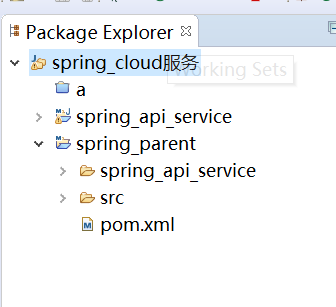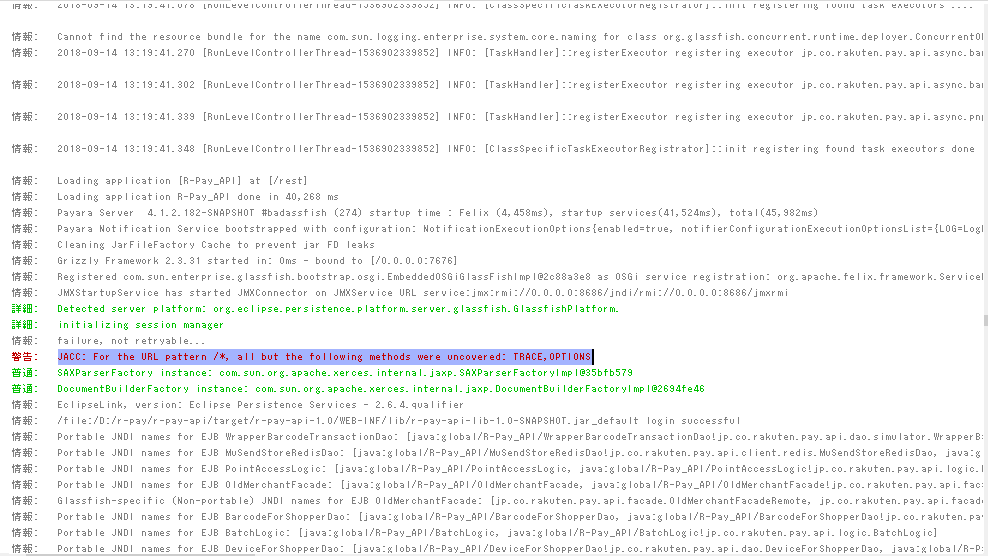I have some problems with the Pandas apply function, when using multiple columns with the following dataframe
df = DataFrame ({\'a\' : np.random.randn(6),
\'b\' : [\'foo\', \'bar\'] * 3,
\'c\' : np.random.randn(6)})
and the following function
def my_test(a, b):
return a % b
When I try to apply this function with :
df[\'Value\'] = df.apply(lambda row: my_test(row[a], row[c]), axis=1)
I get the error message:
NameError: (\"global name \'a\' is not defined\", u\'occurred at index 0\')
I do not understand this message, I defined the name properly.
I would highly appreciate any help on this issue
Update
Thanks for your help. I made indeed some syntax mistakes with the code, the index should be put \'\'. However I have still the same issue using a more complex function such as:
def my_test(a):
cum_diff = 0
for ix in df.index():
cum_diff = cum_diff + (a - df[\'a\'][ix])
return cum_diff
Thank you
Seems you forgot the \'\' of your string.
In [43]: df[\'Value\'] = df.apply(lambda row: my_test(row[\'a\'], row[\'c\']), axis=1)
In [44]: df
Out[44]:
a b c Value
0 -1.674308 foo 0.343801 0.044698
1 -2.163236 bar -2.046438 -0.116798
2 -0.199115 foo -0.458050 -0.199115
3 0.918646 bar -0.007185 -0.001006
4 1.336830 foo 0.534292 0.268245
5 0.976844 bar -0.773630 -0.570417
BTW, in my opinion, following way is more elegant:
In [53]: def my_test2(row):
....: return row[\'a\'] % row[\'c\']
....:
In [54]: df[\'Value\'] = df.apply(my_test2, axis=1)
If you just want to compute (column a) % (column b), you don\'t need apply, just do it directly:
In [7]: df[\'a\'] % df[\'c\']
Out[7]:
0 -1.132022
1 -0.939493
2 0.201931
3 0.511374
4 -0.694647
5 -0.023486
Name: a
Let\'s say we want to apply a function add5 to columns \'a\' and \'b\' of DataFrame df
def add5(x):
return x+5
df[[\'a\', \'b\']].apply(add5)
All of the suggestions above work, but if you want your computations to by more efficient, you should take advantage of numpy vector operations (as pointed out here).
import pandas as pd
import numpy as np
df = pd.DataFrame ({\'a\' : np.random.randn(6),
\'b\' : [\'foo\', \'bar\'] * 3,
\'c\' : np.random.randn(6)})
Example 1: looping with pandas.apply():
%%timeit
def my_test2(row):
return row[\'a\'] % row[\'c\']
df[\'Value\'] = df.apply(my_test2, axis=1)
The slowest run took 7.49 times longer than the fastest. This could
mean that an intermediate result is being cached. 1000 loops, best of
3: 481 µs per loop
Example 2: vectorize using pandas.apply():
%%timeit
df[\'a\'] % df[\'c\']
The slowest run took 458.85 times longer than the fastest. This could
mean that an intermediate result is being cached. 10000 loops, best of
3: 70.9 µs per loop
Example 3: vectorize using numpy arrays:
%%timeit
df[\'a\'].values % df[\'c\'].values
The slowest run took 7.98 times longer than the fastest. This could
mean that an intermediate result is being cached. 100000 loops, best
of 3: 6.39 µs per loop
So vectorizing using numpy arrays improved the speed by almost two orders of magnitude.
This is same as the previous solution but I have defined the function in df.apply itself:
df[\'Value\'] = df.apply(lambda row: row[\'a\']%row[\'c\'], axis=1)



